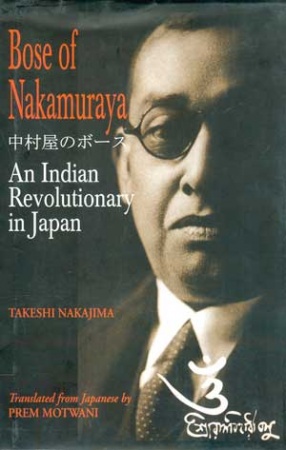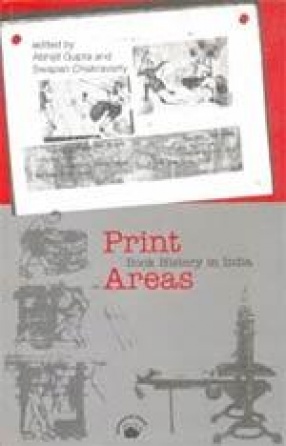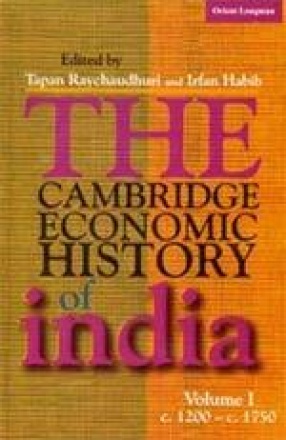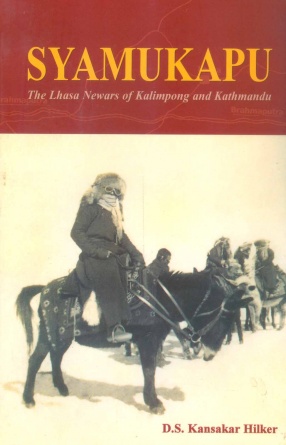Bose of Nakamuraya: An Indian Revolutionary in Japan
Rash Bihari Bose (1886-1945) was a revolutionary leader fighting the British in India and was one of the key organizers of the bomb attack on Lord Harding and the Gadar Conspiracy at Lohore. He fled to Japan to avoid a certain death sentence and spent the latter half of his life there. He became close to the right wing nationalists in Japan and was instrumental in almost persuading the Japanese authorities to support the Indian freedom struggle. He did the spadework for the creation of the Indian National Army (INA) before passing the baton on to Subhash Chandra Bose, towards the end of his life.
While the post-war generation of Japanese may not know of Rash Bihari Bose, he was a well-known figure in Japan in the years before the Second World War, where he was active trying to secure foreign help for Asia's liberation from the clutches of imperialist powers, and a regular writer on Indian affairs in Japanese newspapers and magazines of the time.
Nakamuraya in Shinjuku, Tokyo, famous for its Indian curry, was the place where Rash Bihari was provided shelter for over three months by his Japanese well-wishers, defying the deportation order against him by the Japanese government. Very few are aware that Rash Bihari Bose instrumental in introducing an authentic Indian curry to the Japanese.
Pre-war Japan has enamoured researchers the world over for obvious reasons. However, the Japanese language has been the stumbling block as very little literature, especially written by the Japanese themselves, is available in English on this era. It is obvious from this book too. Besides presenting a nail-biting account of Rash Bihari's travails, torn between his anti-colonialist stance and his allegiance to the Japanese Asianists for saving his life, which has been totally unknown till date, it provides rare insight into Japan's expansionism in Asia viewed from the Japanese angle.
This book is a must-read for those interested in Japan's policy towards Asia, particularly in China, Korea, South East Asia and India between 1920 and 1945.
Get it now and save 10%
BECOME A MEMBER







Bibliographic information